|
The images for this deck are oil paintings. There is a depth and richness to oil painting that is hard to capture in other mediums. It is also really hard to find an oil painter willing to do a deck because oil painting is incredibly time consuming. When I heard about this one, I couldn't wait to get my hands on it.
In addition to the images being just flat out cool, the deck itself is far more than I expected. Most English speaking tarot buyers want a companion book that explains all the symbols and what the designer and/or artist intended the images to mean. European tarot buyers seem content to view the cards as they view art...largely without explanation but relying on their own interpretation. This deck's little booklet does not explain the symbols in this deck but instead provides a really interesting argument for NOT knowing that the designer intended. "From the beginning, the tarot was meant to be a language of symbols. We we read words, we access a part of our brains that is orderly, logical, methodical.... Tarot works the other way round. Rather than reading words on a page, we read images on cards, and what we read there opens a different door to our psyche--a mystical door.... The Mystical Tarot puts traditional tarot imagery through a byzantine filter, twists and turns it, adding layers of opulence and illusion. Experienced tarot readers are challenged to look again at the cards they know well. Beginners are offered a feast for the eyes and the imagination to start their journey." Because I am having so much fun finding cool connections in this deck, I thought I'd share at least one. If you find anything interesting, let me know! Numbers, Geometry, Thrones, and Interesting Groupings I've seen the Empress, Emperor, and Hierophant grouped together. Most interestingly and creatively in the Initiatory Tarot of the Golden Dawn (to learn more about this deck, click this link):
The Mystical Tarot, however, groups the High Priestess, the Empress, the Emperor, and the Hierophant. This group has several possible subgroups:
The two feminine cards The two masculine cards The two spiritual leaders (High Priestess and Hierophant) The two secular leaders (Empress and Emperor) The thing that brought this to my attention (as mentioned, there is no discussion of symbols in the booklet) were the triangle on top of the Empress's throne. She is numbered III and a triangle has three sides. The Emperor's throne has a square and he is numbered IV. The High Priestess sits between two pillars and is numbered II. The Hierophant's throne (if you include him) features five eyes and he is numbered V. The High Priestess has a moon at the top of her throne which contrasts interestingly with the eye atop the Hierophant's. The moon reminds me of internal reflection and hidden things while the eye externally focused and about things that can be seen. The two spiritual leaders gaze straight ahead and slightly down (toward their tasks at hand: reading and teaching). They also both have oceans and mountains behind them. The two secular leaders are not looking straight on. The have more cultivated landscapes behind them. I find these kinds of connections within a deck really satisfying. If there is interest, I might post more of the interesting treasures I've found in this deck. Let me know what you think.
May your mind always have something interesting to nourish it.
May your soul always have something beautiful to sustain it. May your spirit always have something amazing to inspire it.
4 Comments
Tarot as Sacred Text
One of the reasons that tarot fascinates so many people for so long (often for the whole of their lives) is that there are so many ways to look at and use the cards. Divination is one way and perhaps the most common, and certainly valuable. I also like to see the cards, individually and in groups, as a sacred text that teaches me about the mysteries of the world and of myself. Sometimes these insights deviate from the way one may interpret a card in a reading. Sometimes they can add a new facet or understanding of a card that can be used while interpreting a divination. Sometimes they really shake up a long held belief or understanding of a card. The cards are called keys for a reason: they open doors to entire worlds of wisdom. I don’t know about you, but sometimes I spend so much time in one particular part of a world that I get comfortable and begin to think that I’ve explored the whole place. For example, the other day tarot showed me an interesting way to look at a series of cards: The Magician, The High Priestess, The Empress, The Emperor, and The Hierophant. 1. The Magician is the expression of our will via our ego. By ego I mean our sense that we are unique and separate individual beings. 2. The High Priestess is the expression of our intuition via our soul. By soul I mean our sense that we are connected to all things. The Magician and High Priestess together describe the state of being human, that strange dichotomy that drives us: the desire to express our individuality in the world and the yearning to reunite with all that is. 3. The Empress is our ability to create via our actions. 4. The Emperor is the direction of creativity via our intellect. Together these four cards are like the four pillars of our identity: what drives us, what we do, and how we do it. 5. The Hierophant is the movement of our identities toward our ideals via change. Many people miss the value and inherent energy of the Hierophant due to wounds caused by the imperfect expression of the Hierophant energy by others (both individuals and organizations) in the past. Because it is easy to dislike “organized religion,” which admittedly fails so many of us, we can easily dismiss the true value of the Hierophant. This is just as dangerous as disregarding the value and positive aspects of the Empress because our mother wasn’t a great mom. When we allow our wounds to denigrate the true wisdom and gift of an archetype, we put it in shadow. Things in our shadows (individually and collectively) always find a way out and when they do it isn’t pretty because anything left in shadow for too long will grow twisted and punchy. While we easily understand the numerological connections of the Magician, High Priestess, Empress, and Emperor, the association of the Hierophant with the number 5 baffles many people. Fives, after all, are about change and, for better or worse, most of us see the Hierophant as rigidity rather than innovation. That is too bad because we miss out on the gift of the Hierophant, and it is such an important gift for those of us on the path to becoming our best selves and living our true soul’s purpose in the world. The Hierophant is about change.
Taken together, these five cards illustrate how we, as spiritual beings having a human experience, can move forward toward continued spiritual, mental, and emotional growth. May your mind and heart always be open to the wonders in the cards. May the cards reveal their expansive wisdom to you. May you use these gifts to make yourself and the world better. Edited to add: days later and it suddenly occurs to me that in some numerology systems, 5 is the number of man, that is to say, humans. In Christian Biblical numerology, it is also the number of grace. |
Categories
All
Archives
September 2023
|

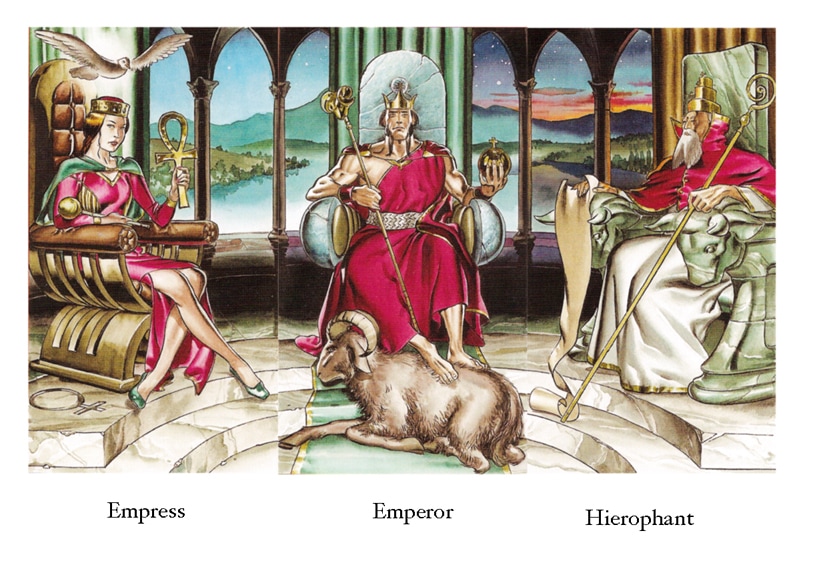
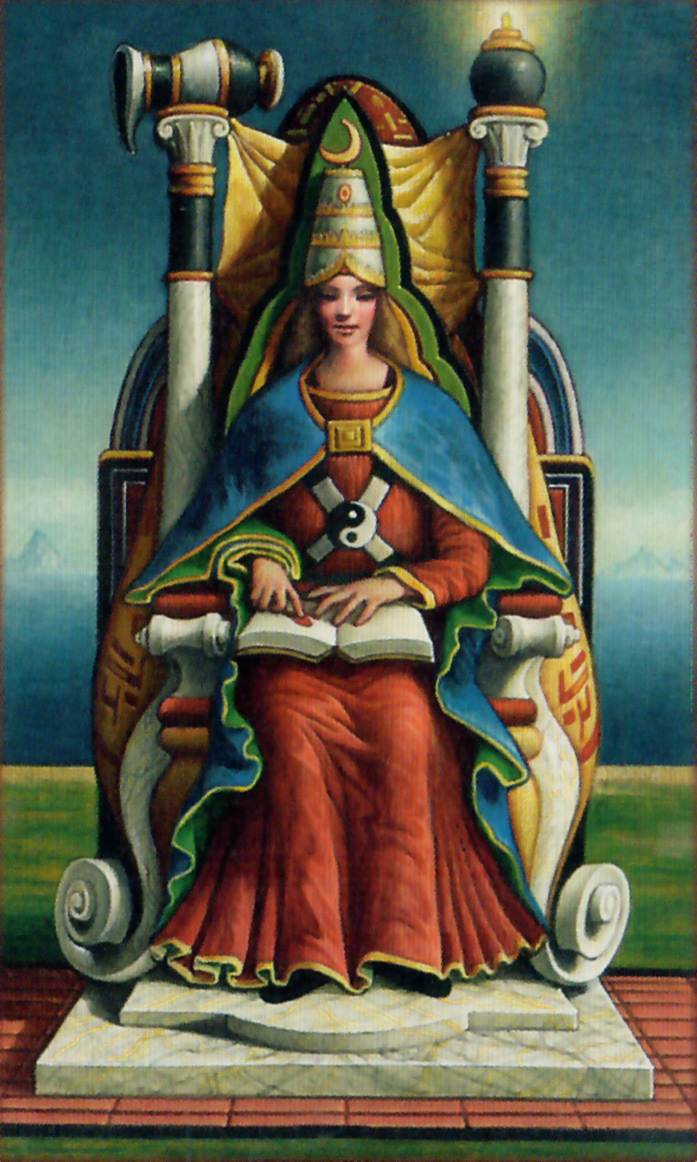
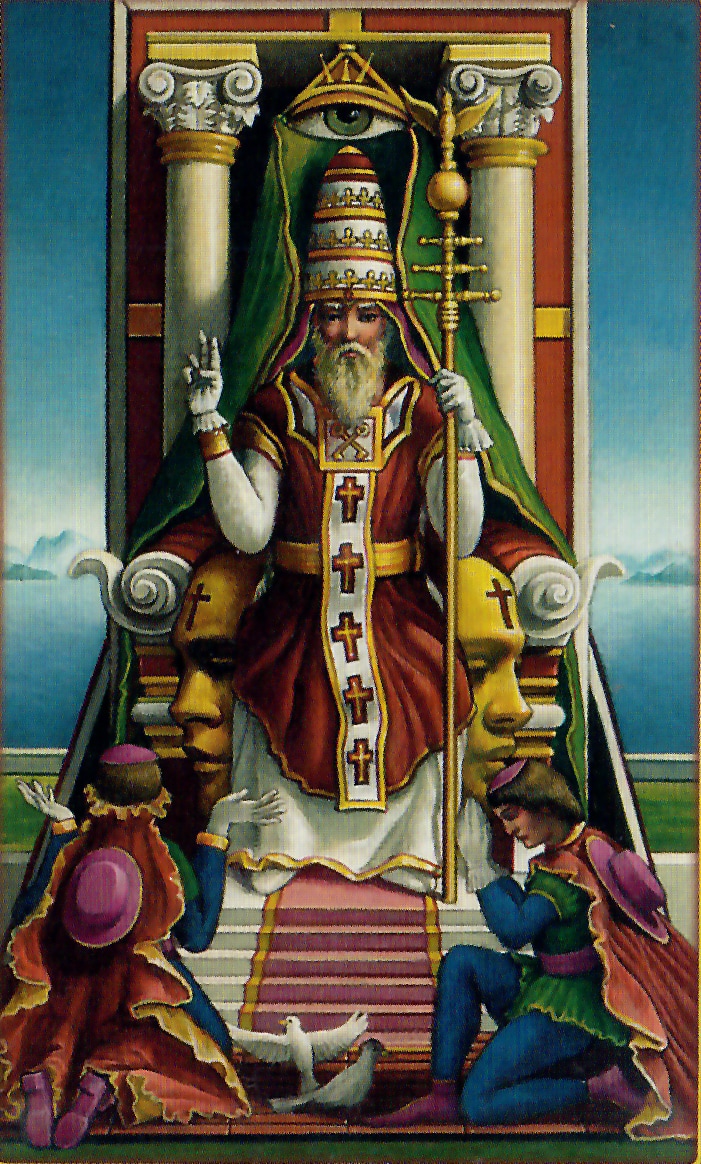
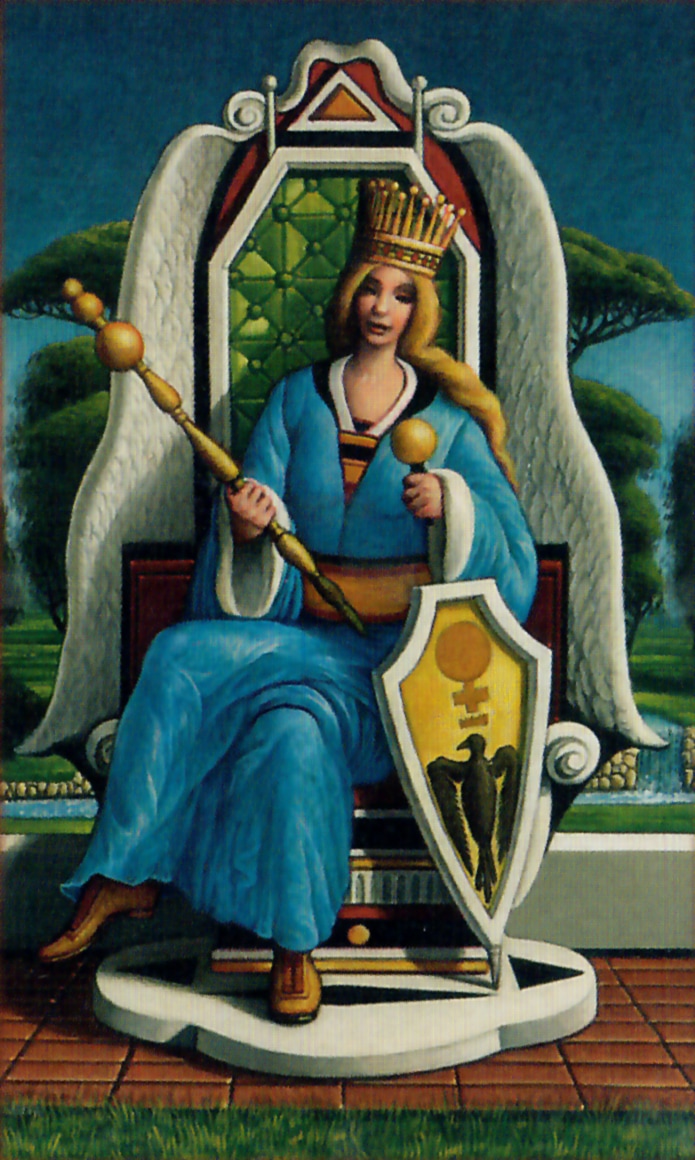
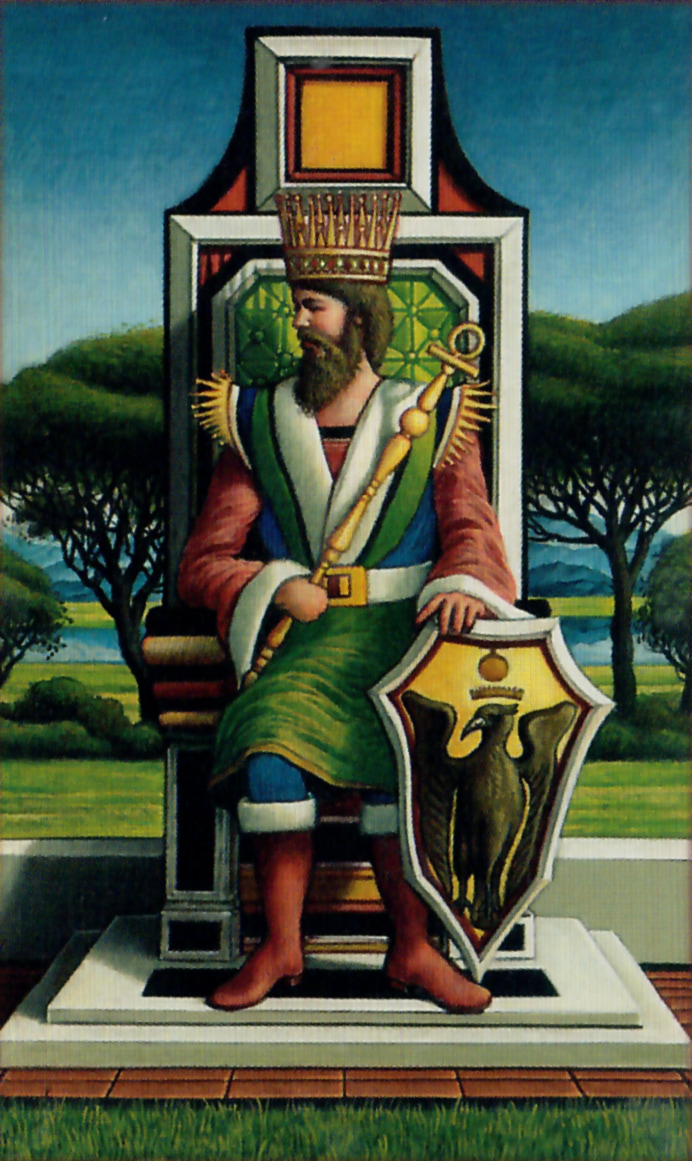
 RSS Feed
RSS Feed